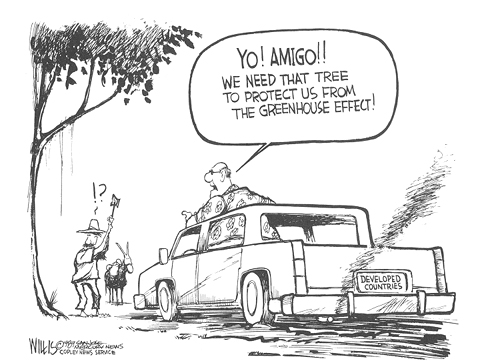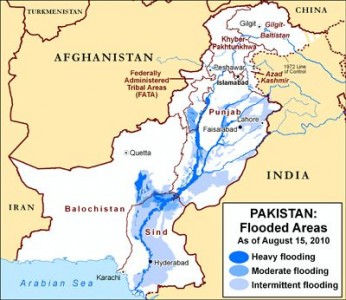“This trend points to the increasingly fierce global battle for resources, and represents the sharpest of wake-up calls for delegates in Rio,” said Billy Kyte, campaigner at Global Witness.
The group acknowledged that their results were incomplete and skewed towards certain countries because information is fragmented and often missing.
This meant the toll was likely higher than their findings, which did not include deaths related to cross-border conflicts prompted by competition for natural resources, and fighting over gas and oil.
‘Wild west’
Brazil recorded almost half of the killings worldwide, the majority of which were connected to illegal forest clearance by loggers and farmers in the Amazon and other remote areas, often described as the “wild west”. Among the recent high-profile cases were the murders last year of two high-profile Amazon activists, José Cláudio Ribeiro da Silva and Maria do Espirito Santo. Such are the risks that dozens of other activists and informers are now under state protection.
Unlike most countries on the list, the number of killings in Brazil declined slightly last year, perhaps because the government is making a greater effort to intervene in deforestation cases.
The reverse trend is apparent in the Philippines, where four activists were killed last month, prompting the Kalikasan People’s Network for Environment to talk of “bloody May”.
Though Brazil, Peru and Colombia have reported high rates of killing in the past 10 years, this is partly because they are relatively transparent about the problem thanks to strong civil society groups, media organisations and church groups – notably the Catholic Land Commission in Brazil – which can monitor such crimes.Under-reporting is thought likely in China and Central Asia, which have more closed systems, said the report.
Last December, 2011, the UN special rapporteur on human rights noted: “Defenders working on land and environmental issues in connection with extractive industries and construction and development projects in the Americas ... face the highest risk of death as result of their human rights activities.” – © Guardian News and Media 2012


